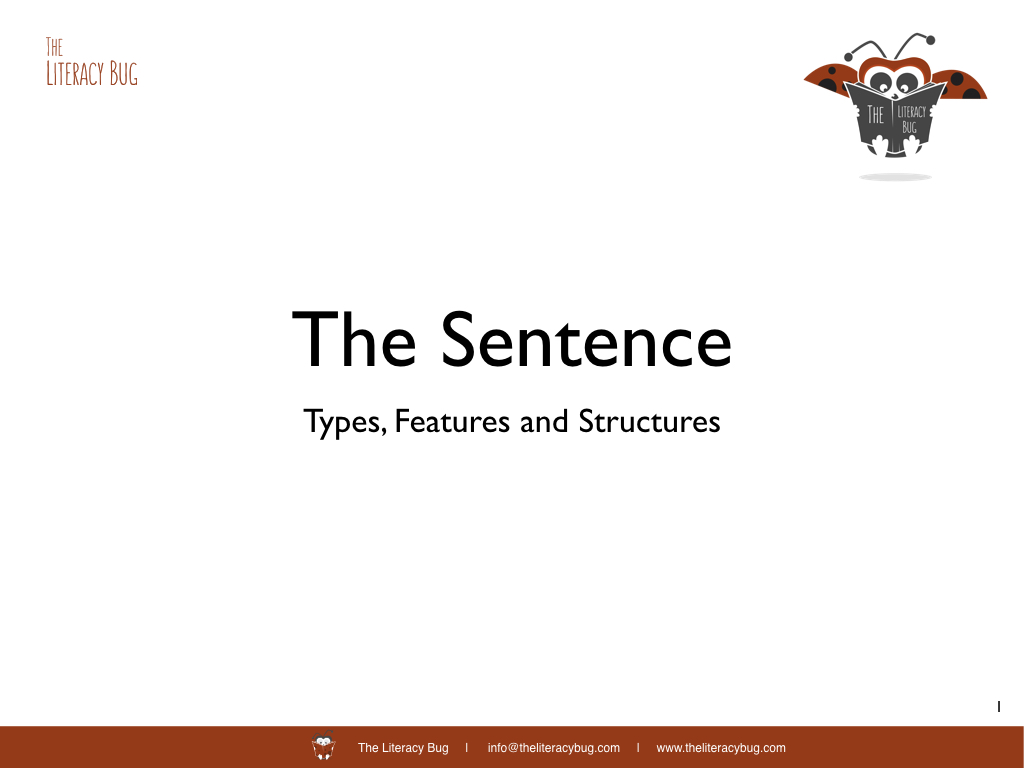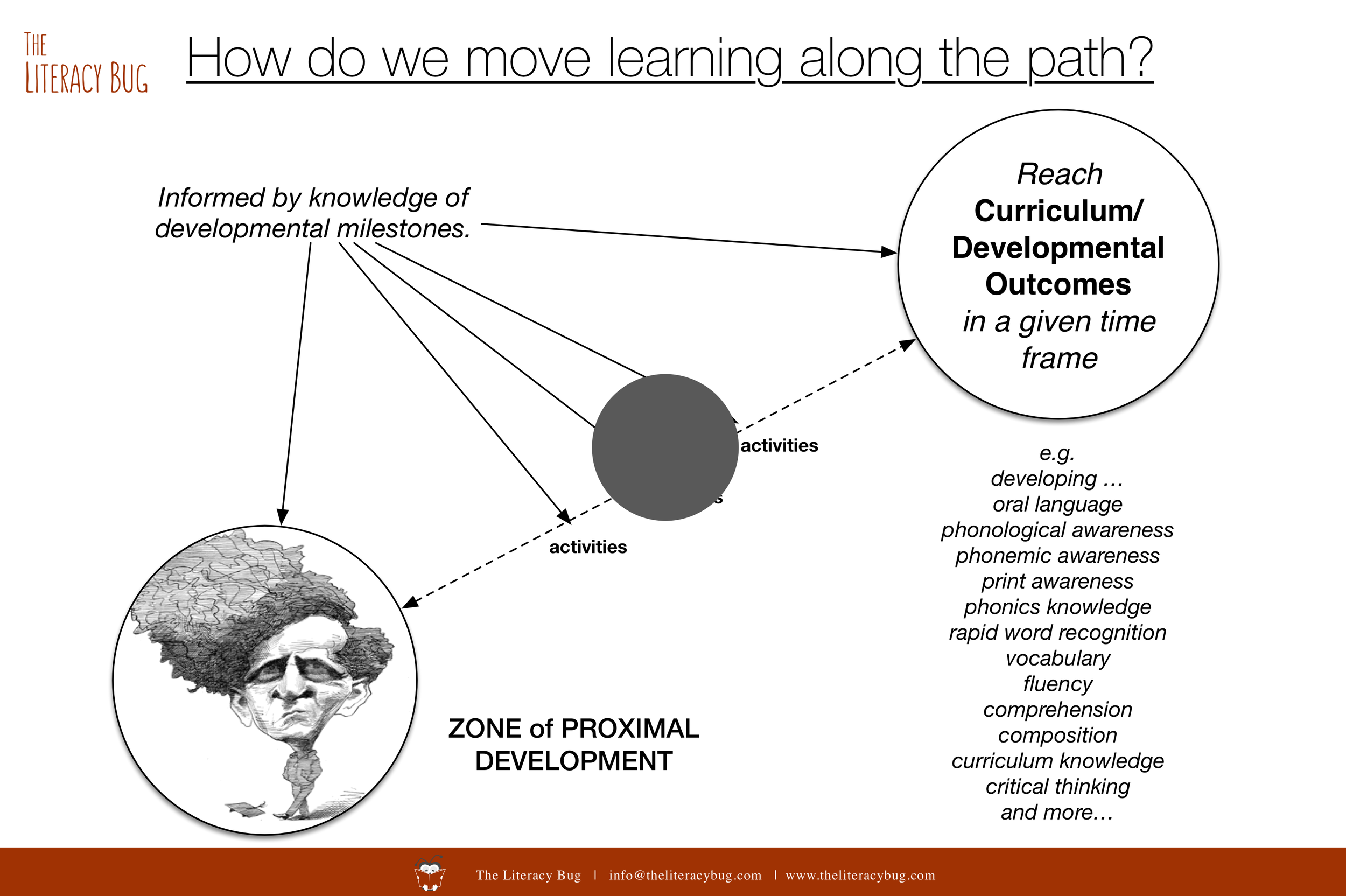The title should be obvious, because languages are - ultimately - human inventions. This concept sits at the centre of Wittgenstein’s private language argument. In that argument, Wittgenstein strongly declares that private languages don’t make any sense. What is the point of a language if it is used only within a person and not between people to express ideas between people? All meaningful languages are public, and languages generate their meaning through shared public understandings. (Battling over the control of shared public meaning is an important side conversation, but it isn’t one that I will enter into now.)
Shared understanding is at the essence of Wittgenstein’s beetle in a box thought experiment, though. In this thought experiment, Wittgenstein asks the audience to imagine a group of people who all have a box in front of them. In each box, there is said to be a beetle, but the individuals cannot look into each other’s box. The box is full of all of an individual's gathered experiences of the concept (the beetle) under discussion. This isn’t problematic, though. There is enough shared understanding that each person can imagine what is in each other’s box. Whilst each beetle might be slightly different, each person has a general shared understanding, and any differences can also be elicited by even more language, which is shared amongst the group. The group knows to ask certain additional questions in order to gain a greater appreciation of the beetle inside the each box. They can talk about things … together … collaboratively. Disagreements can arise, and these disagreements can occur because of fundamentally different views of the concept under discussion. There is also negotiation, consensus making and divisions. These are all social acts, and the whole process is an act of socialisation.
Why am I writing about this now, though? And after such a long break from the blog? It was sparked by both an article and personal experience.
“The combination of languages spoken in a given place, known as language ecology, matters for the wellbeing of Indigenous language speakers, according to a new study from The Australian National University.
“Our research shows that, in communities where Indigenous languages are predominant, speaking either a traditional or new language is positively associated with higher wellbeing and lower psychological stress,” says study lead author Dr YONATAN DINKU.
“Conversely, in environments where English is widely spoken, Indigenous language use correlates with increased psychological distress, due perhaps to factors such as social isolation, cultural disconnection and discrimination.”
The authors, also including Dr Francis Markham, Dr Denise Angelo, and Professor Emerita Jane Simpson, call for a language ecology approach to target 16 of the National Agreement on Closing the Gap, which aims to increase the number and strength of Aboriginal and Torres Strait Islander languages spoken by 2031.
“We need more nuanced, context-specific policies. A language ecology approach to differentiating target 16 initiatives would respect language diversity, ensuring no context is left behind,” they say.”
The research is very important to pay attention to. Languages bring people together, and they shape a strong sense of community and knowledge sharing. The research provides additional relevance to Wittgenstein’s beetle in the box thought experiment. The research reminds us that languages are part of a process of generating shared meanings, and - within that process - there is value in the cultivation of meanings inside the boxes. His thought experiment also evokes an image of people coming together and who are able to have rich conversations about experiences that they share with one another. This also implied perspective taking, since the sharing of language involves the sharing and navigation of experience and perspectives of internal and external worlds.
Recently, my colleagues and I had an opportunity to reflect upon this through certain Indigenous Language projects. We have been looking at them through the lens of coming/gathering together. One in particular has involved a series of Elder-youth camps that have been joyful, collaborative and transformative for many of the young people (and Elders) involved. They create time in the calendar that people look forward to. This involves a process of the Elders filling the young people’s boxes with rich new Language that is built up through shared, immersive experiences. Over time, the young people are gaining enough language knowledge to partake in these share language experiences. They can have beetle in the box conversations, and take pride in the understandings that they are developing. Equally, the Elders are both excited and relieved that the next generation is joining them at the table. In this context, the Elders and youth are able to shape how shared concepts guide them in their daily lives. They are reviving a common language that has profound, unspoken histories (within the walls of boxes). Whilst the Elders may have more experiences filling their boxes on a particular concept, this still means that the young people can take part in these conversations and fill their boxes with more and more experiences over time.
In another project, we have watched daily evening community Language lessons firmly take hold through space generously offered by a local Indigenous Knowledge Centre. This has become a safe space where people of all ages gather and share in knowledge and curiosity. It has taken a number of years to get to this stage, and many important resources have been developed in that process, but it has made a world of difference for the community. It has filled a gap in the day that many didn’t know that they were missing, and the lessons have served as a vehicle to shape new relationships. Many bonds have been formed as the community has grown in Language together. This can take many years, and each community is different, but they can learn from one another.
Sometimes Indigenous Language work can be seen as an end in itself. In this case, we look at the beetle itself rather than view the beetle through the eyes of the community who is imbuing the beetle with meaning. It is important to see it as a journey that many are on together.













